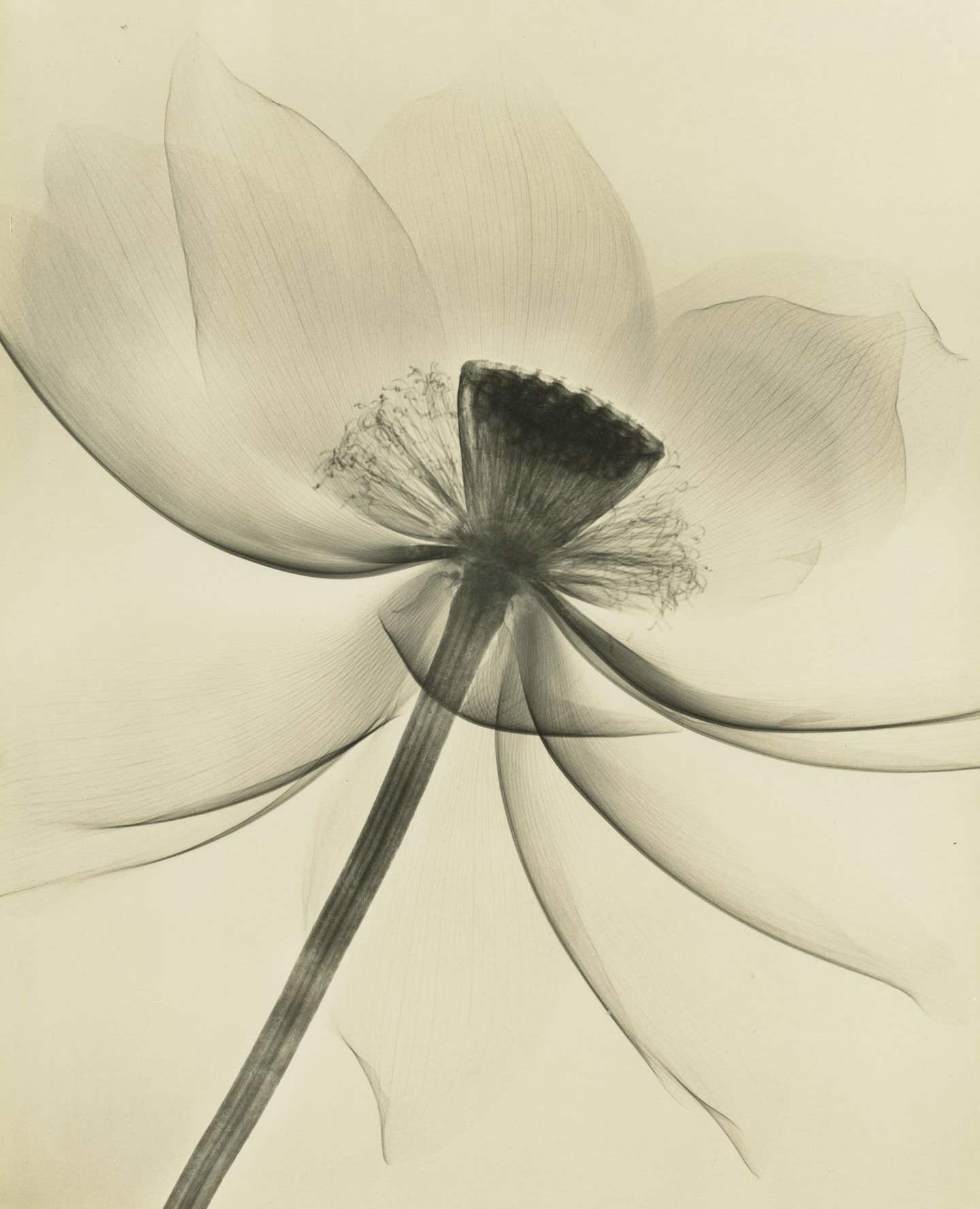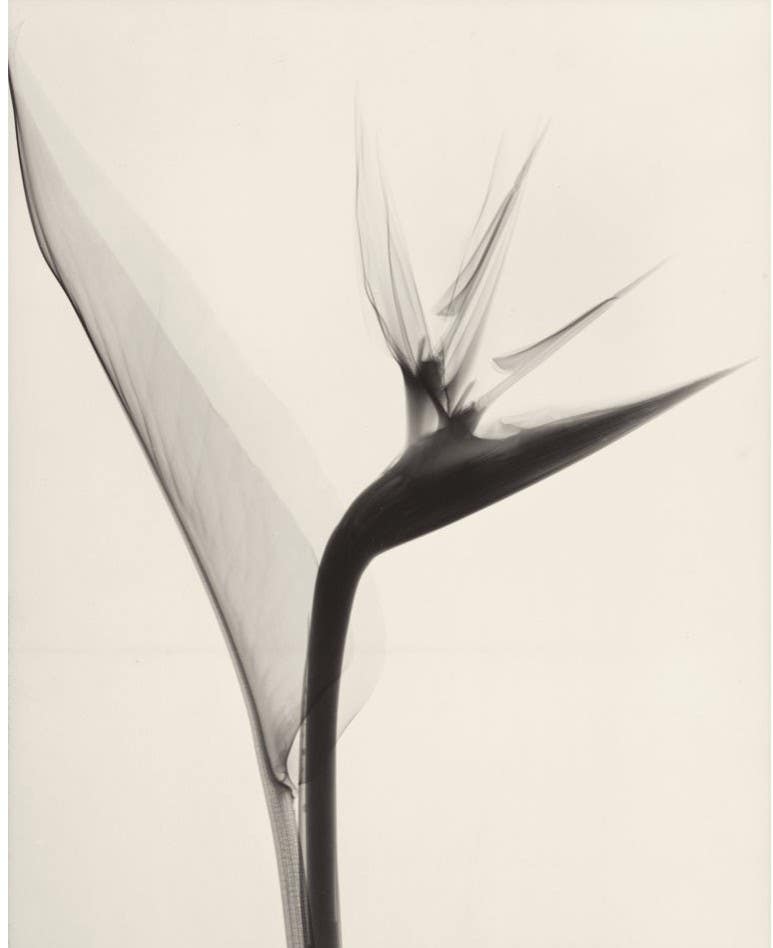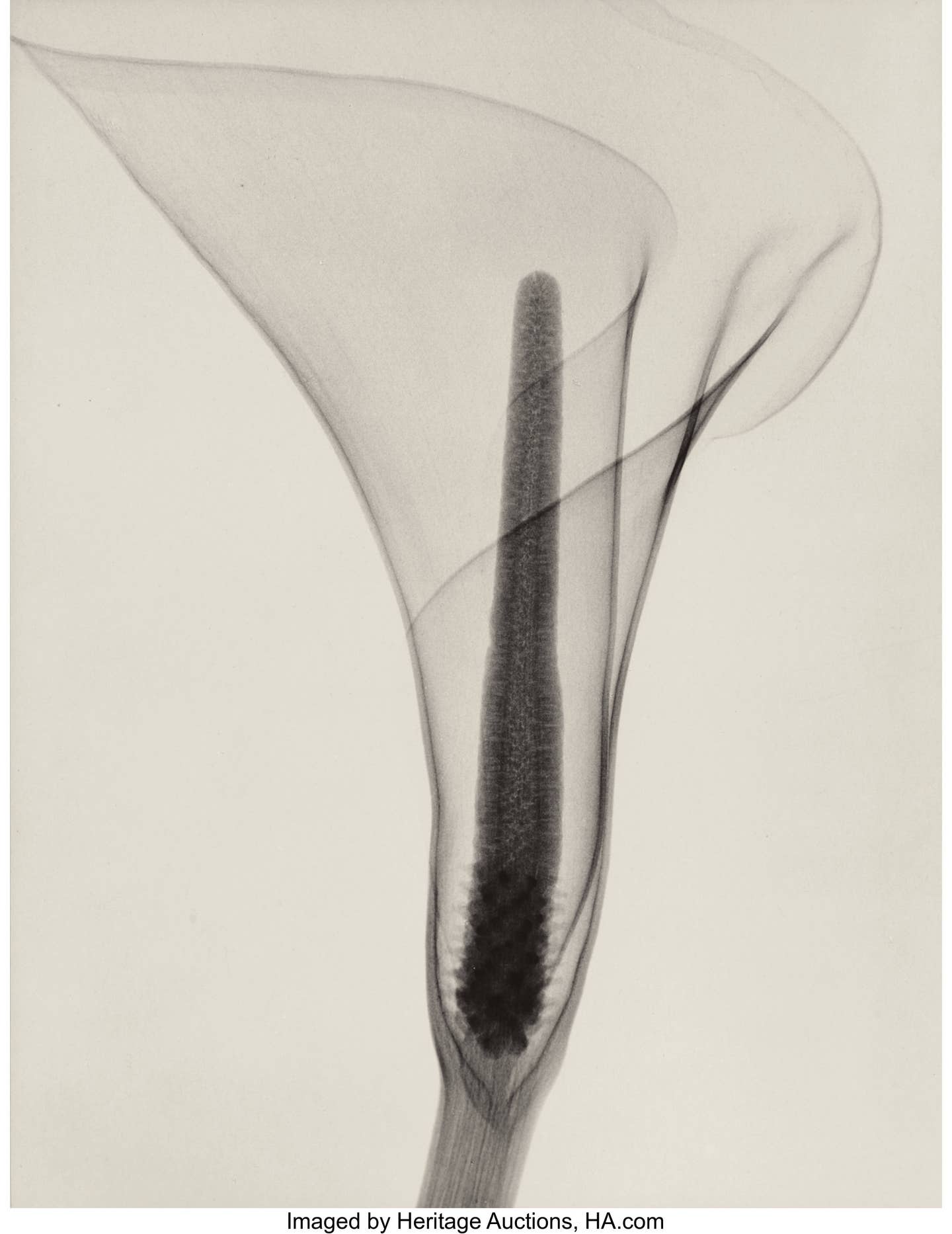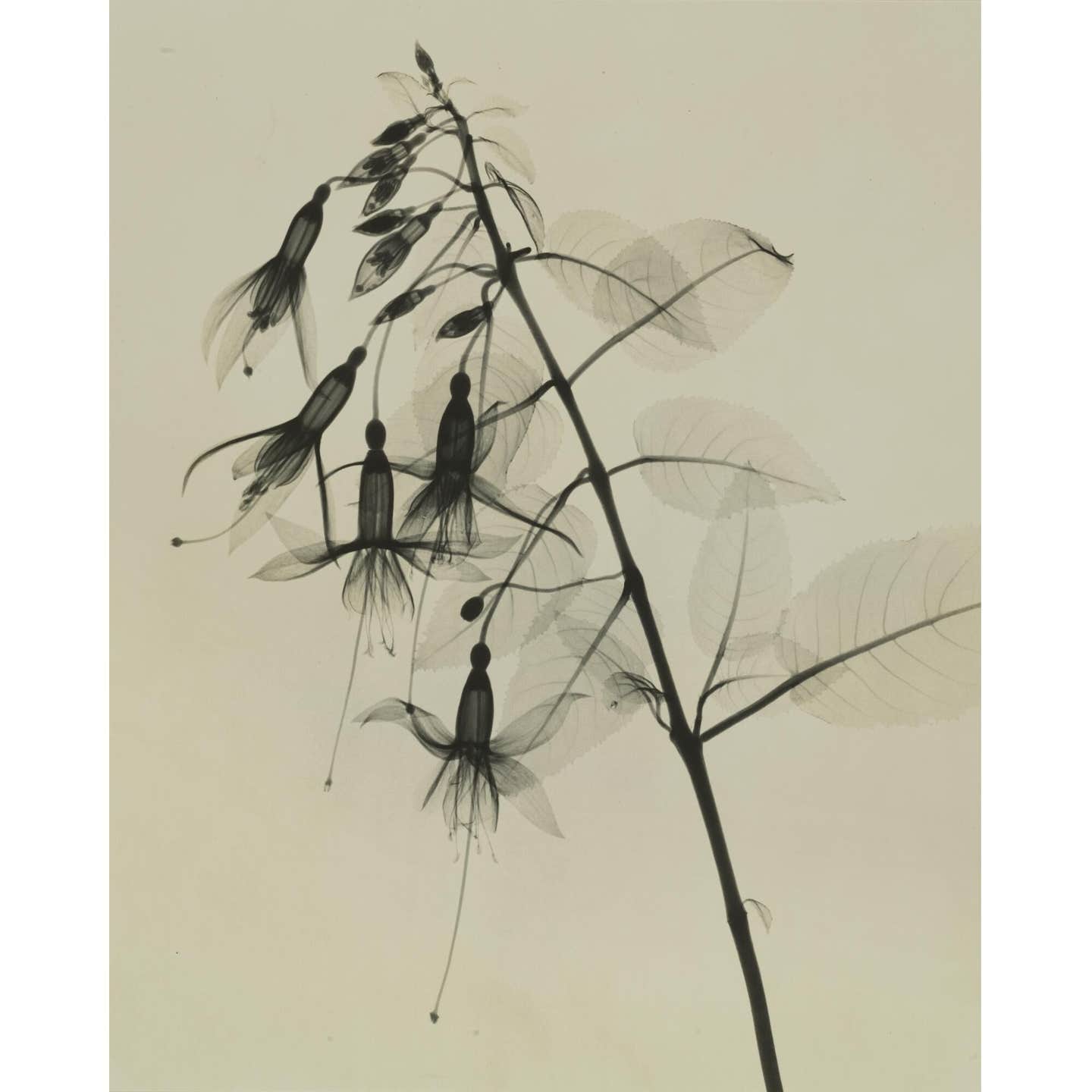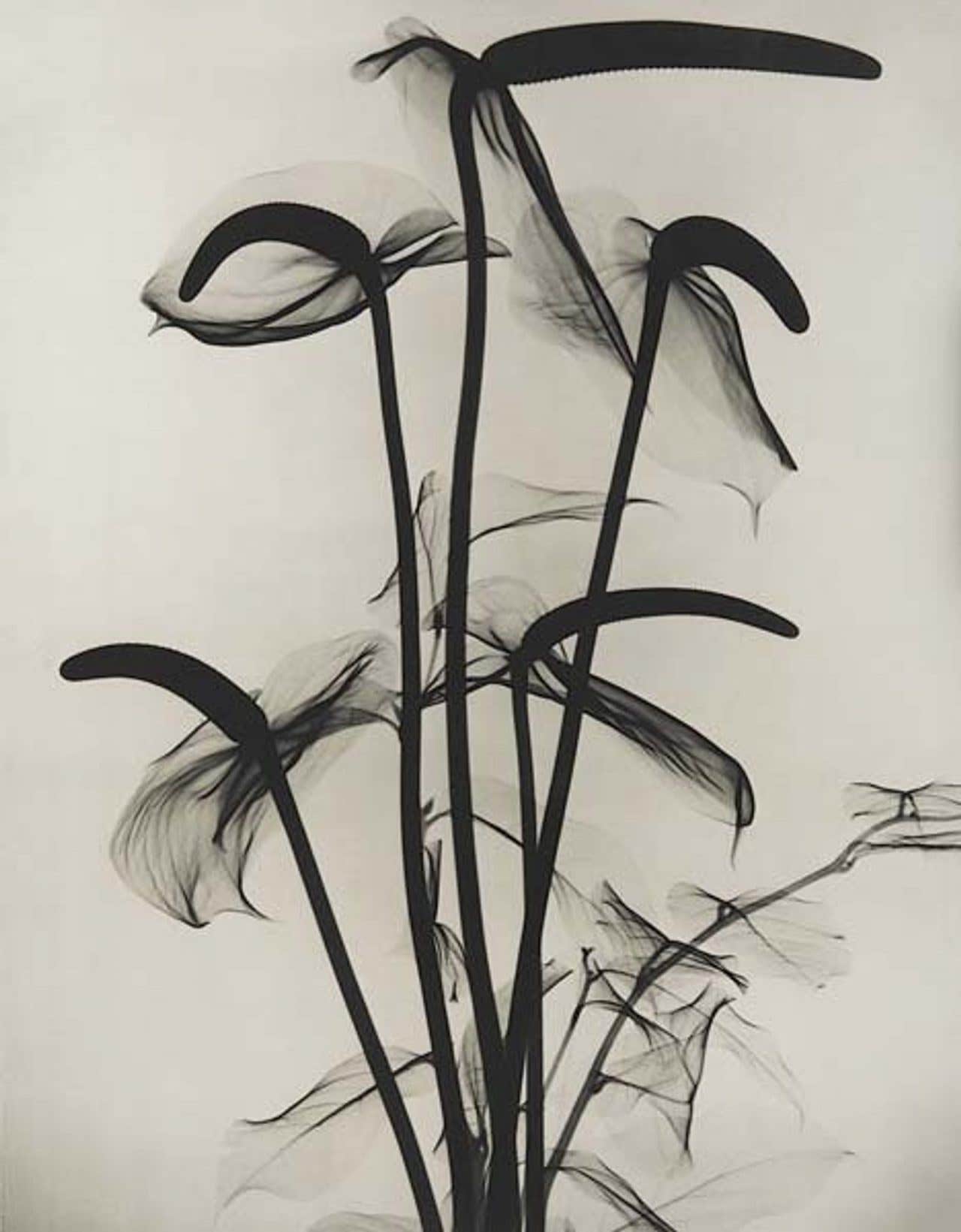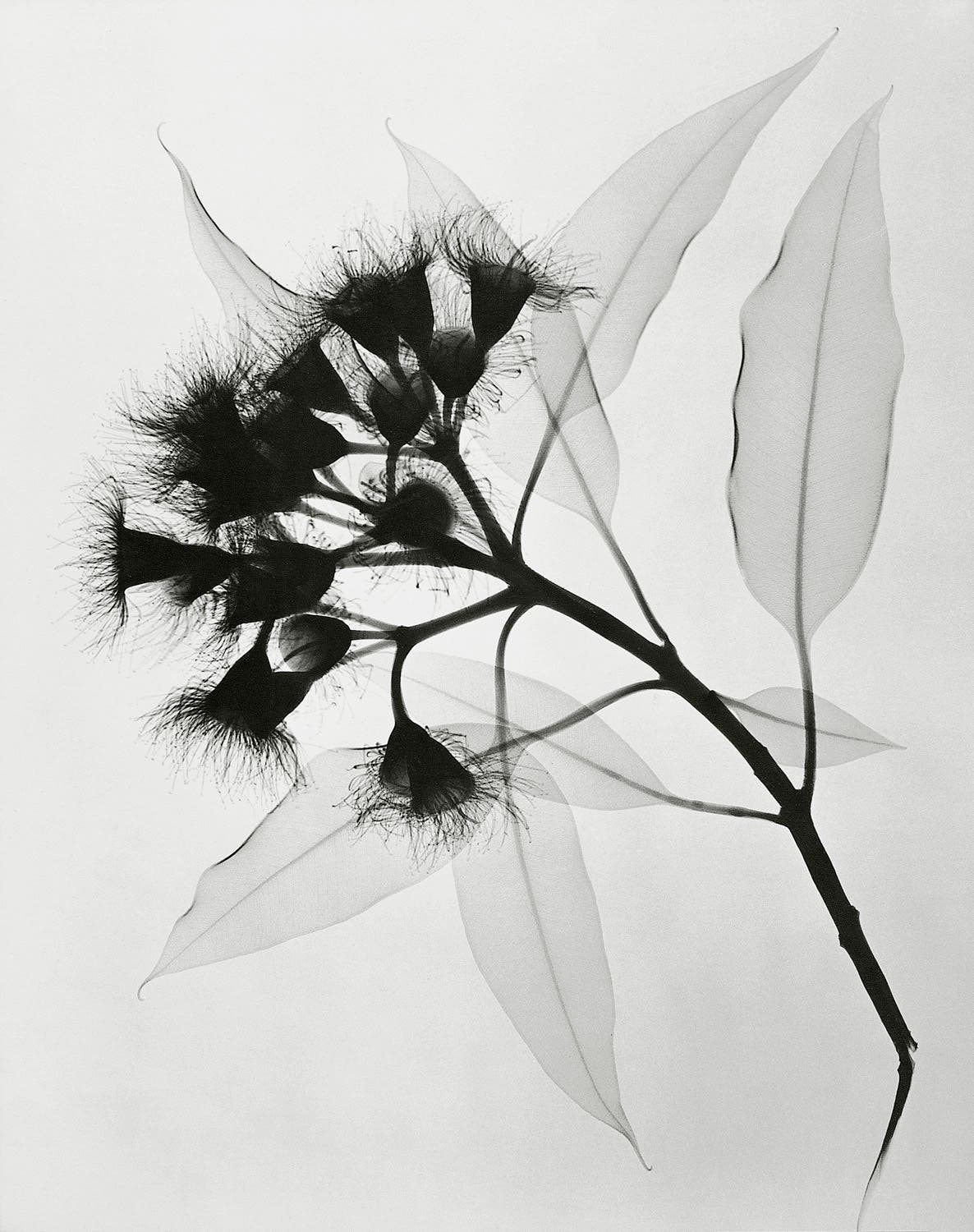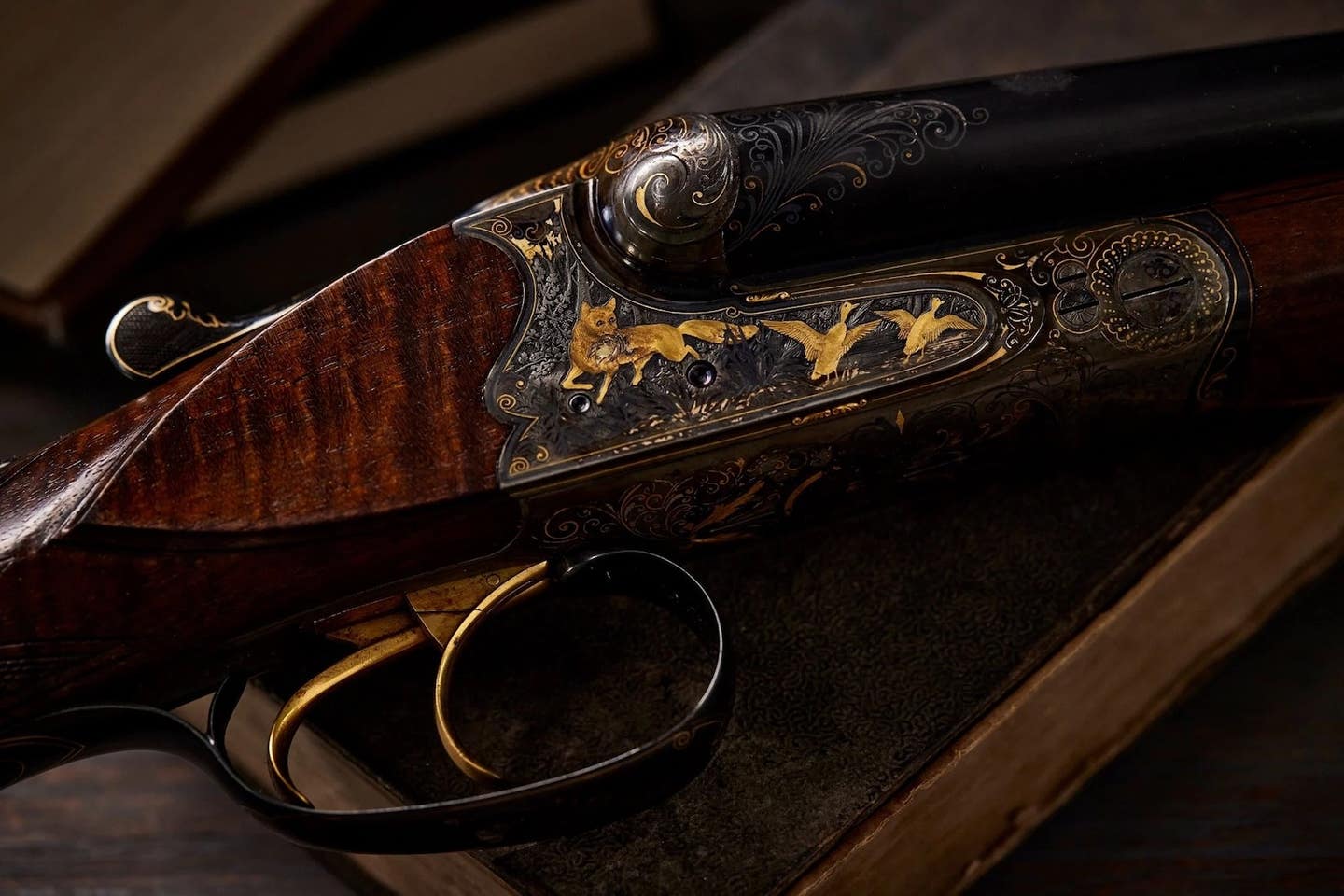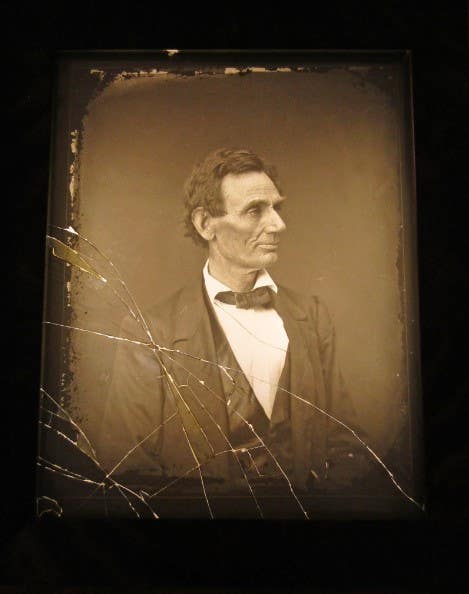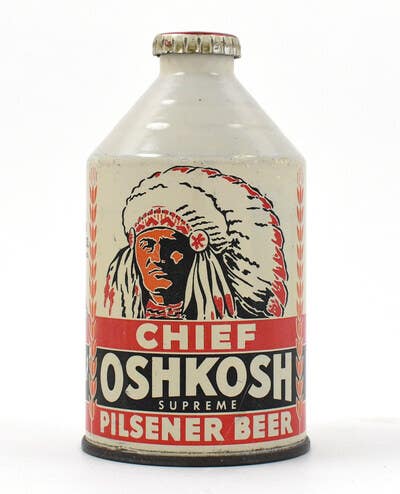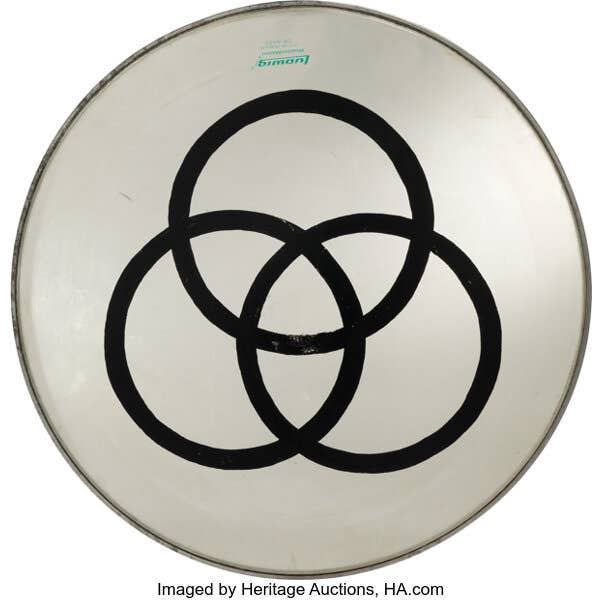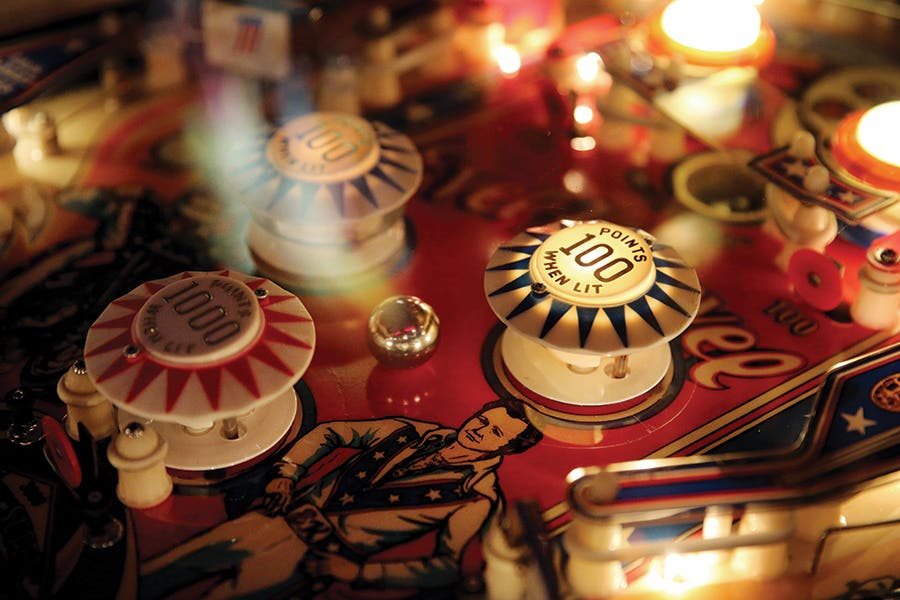Inner Beauty of Flowers
Dr. Dain Tasker was a pioneer of botanical radiographs in the 1930s.
With their soft, boneless bodies, flowers may not seem like candidates for X-rays, but a doctor in the 1930s applied his knowledge of radiology to them, creating sublimely minimalist images of their inner beauty.
Although radiographs created for non-medical purposes are common today — natural history museums take X-ray photographs of specimens to examine them without damage — Dr. Dain Tasker (1872-1964) stands as a pioneer of botanical radiographs, especially emerging from a period when radiography was new and scientists’ understanding of radiation was still developing.
Born in Beloit, Wisconsin, Tasker was the chief radiologist at Wilshire Hospital in Los Angeles when radiology was in its beginning stages. In the 1920s, he became interested in pictorial photography as a hobby, creating photographs based on genres such as landscape and portraiture. After being inspired by an X-ray photograph made by a fellow physician in the 1930s, he began using his X-ray machine as a camera to record the anatomy of flowers.
While another American photographer at the time, Imogen Cunningham, was known for her botanical photography that gave full-blooming majesty to magnolias and calla lilies, Tasker reduced flowers to their barest core. His photographs made from X-ray negatives have been called “nature’s sketchbook for flowers” and the fragile and ghost-like representations expose the delicate details of roses, lilies, and irises and highlight the soft layering of petals and leaves. His black-and-white prints appear more like ink drawings than photographs.
“Flowers are the expression of the love life of plants,” Tasker wrote of his photographs, and the minimal compositions seem to contain a romantic appreciation for his subject matter. He also apparently noted that there was nothing difficult about taking such images, with the only requirements being “an abiding patience” and a knowledge of “flowers and their habits.”
Tasker had no formal training in photography, but wanted to improve his techniques, so he contacted Will Connell, a prominent Los Angeles photographer, who was then teaching the craft at Art Center College of Design in Pasadena, California. In addition to supervising Tasker’s printing processes, Connell championed his work and urged him to exhibit his prints and helped them get on display at the annual salons organized by the Camera Pictorialists of Los Angeles in 1931 and 1932. Tasker’s most well-known image of a calla lily was also printed by Ansel Adams and displayed at the Golden Gate International Exposition in 1939 on Treasure Island in San Francisco Bay. His photographs were also published in national photography magazines including U.S. Camera in 1939 and Popular Photography in 1942. Other prints he reportedly gave as gifts to his nursing students upon their graduation.
Tasker’s photographs also periodically come to auction, and sell for thousands of dollars.
Tasker stopped taking X-rays of flowers sometime in the 1940s, but he has emerged from obscurity to join the pantheon of photography masters.
